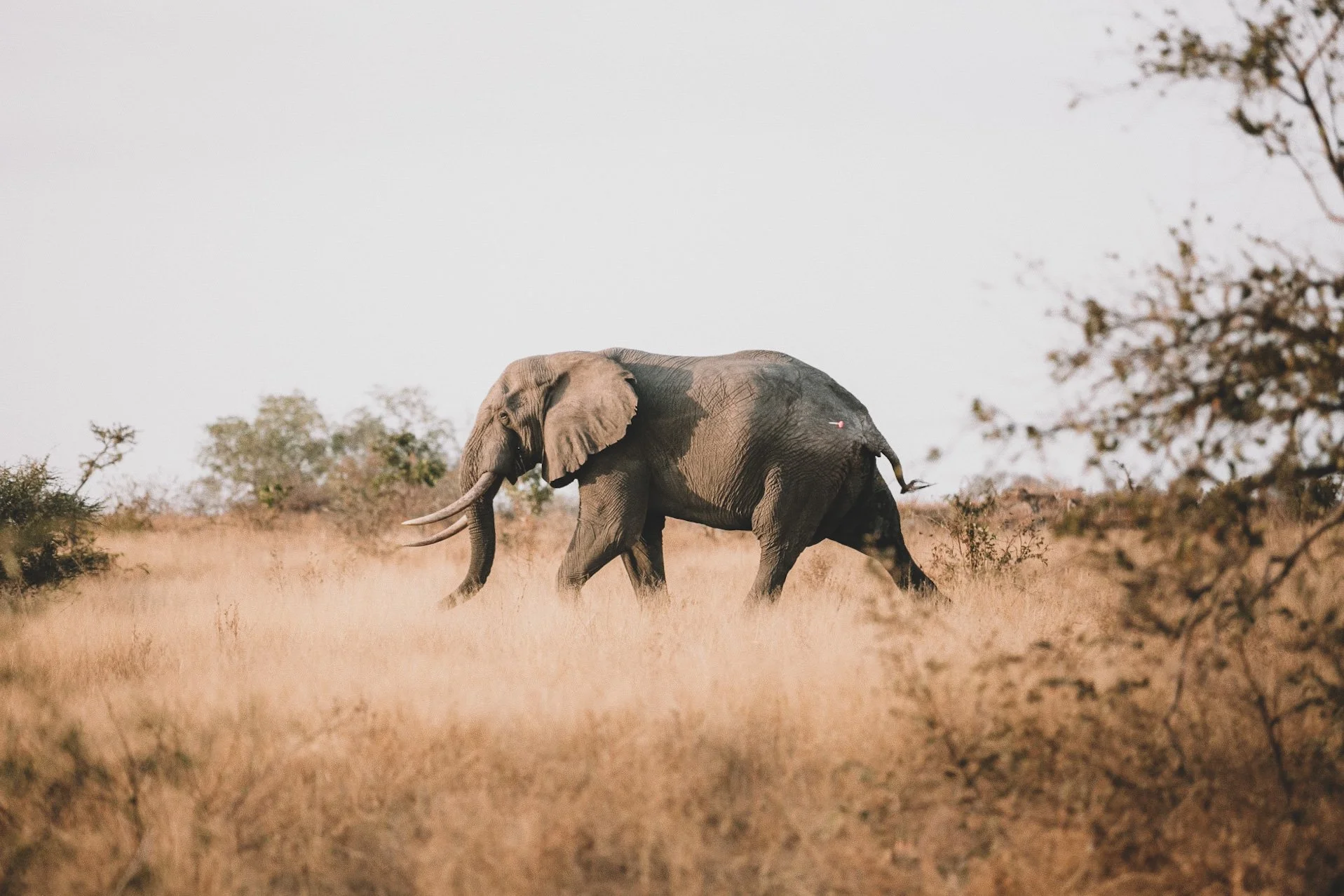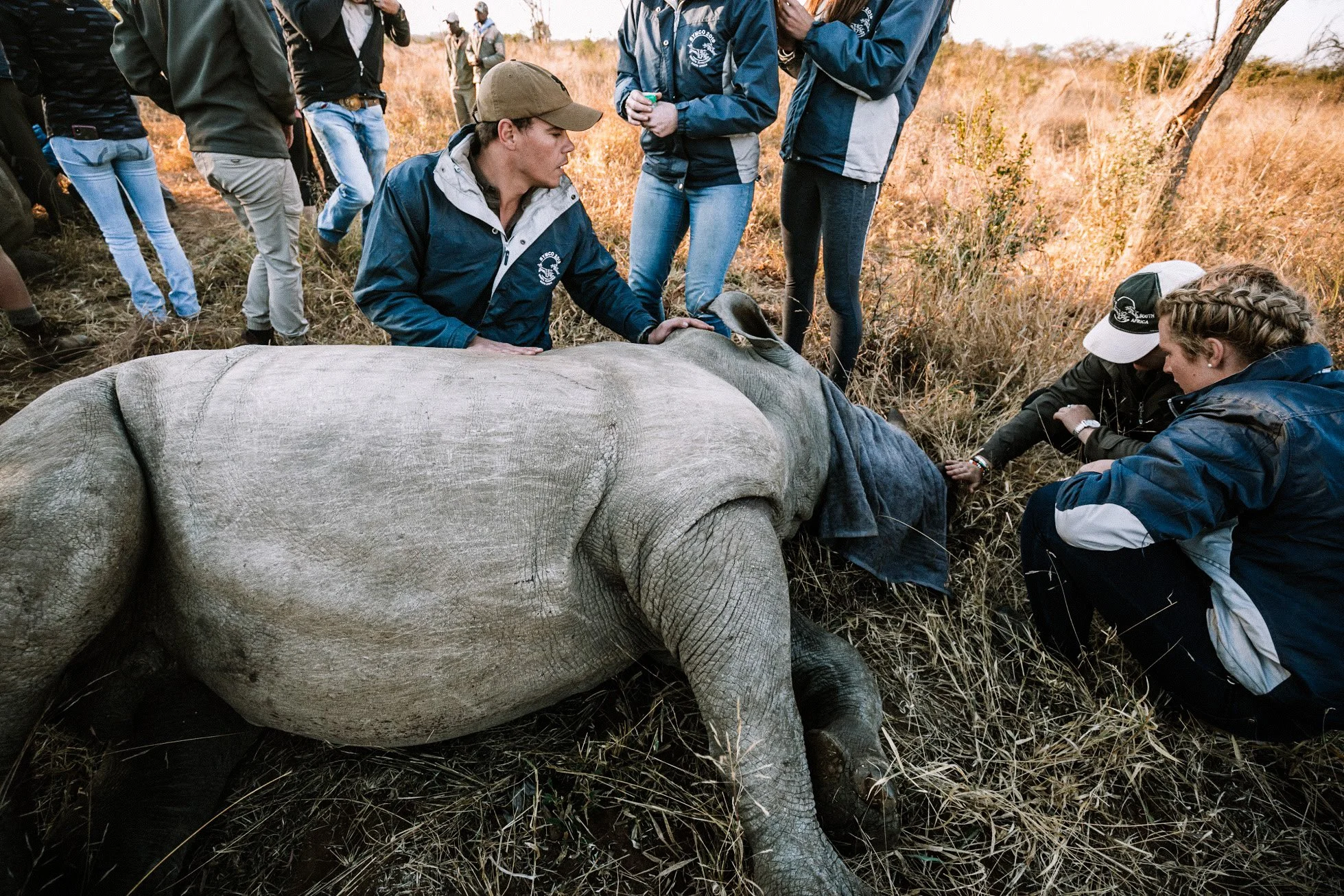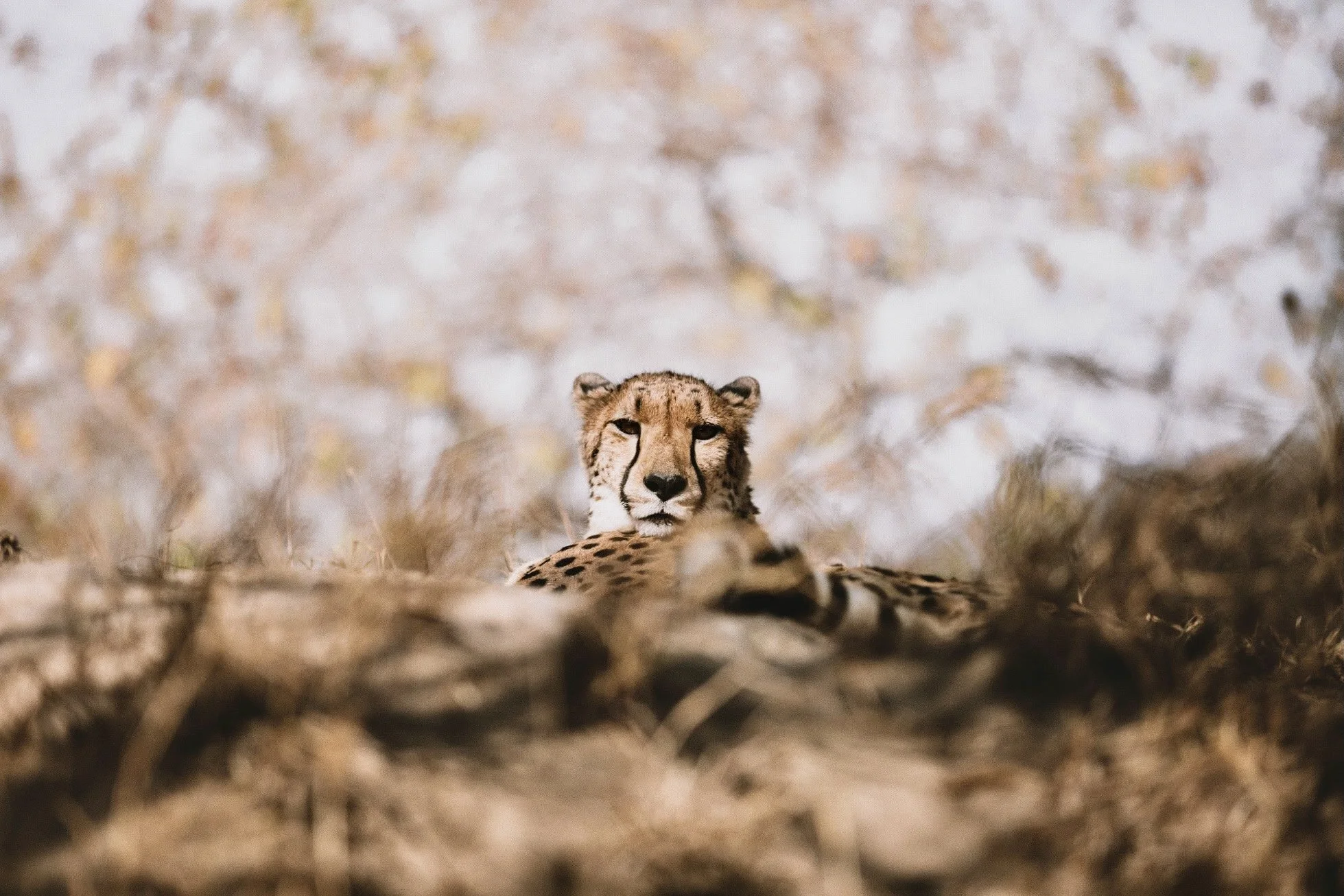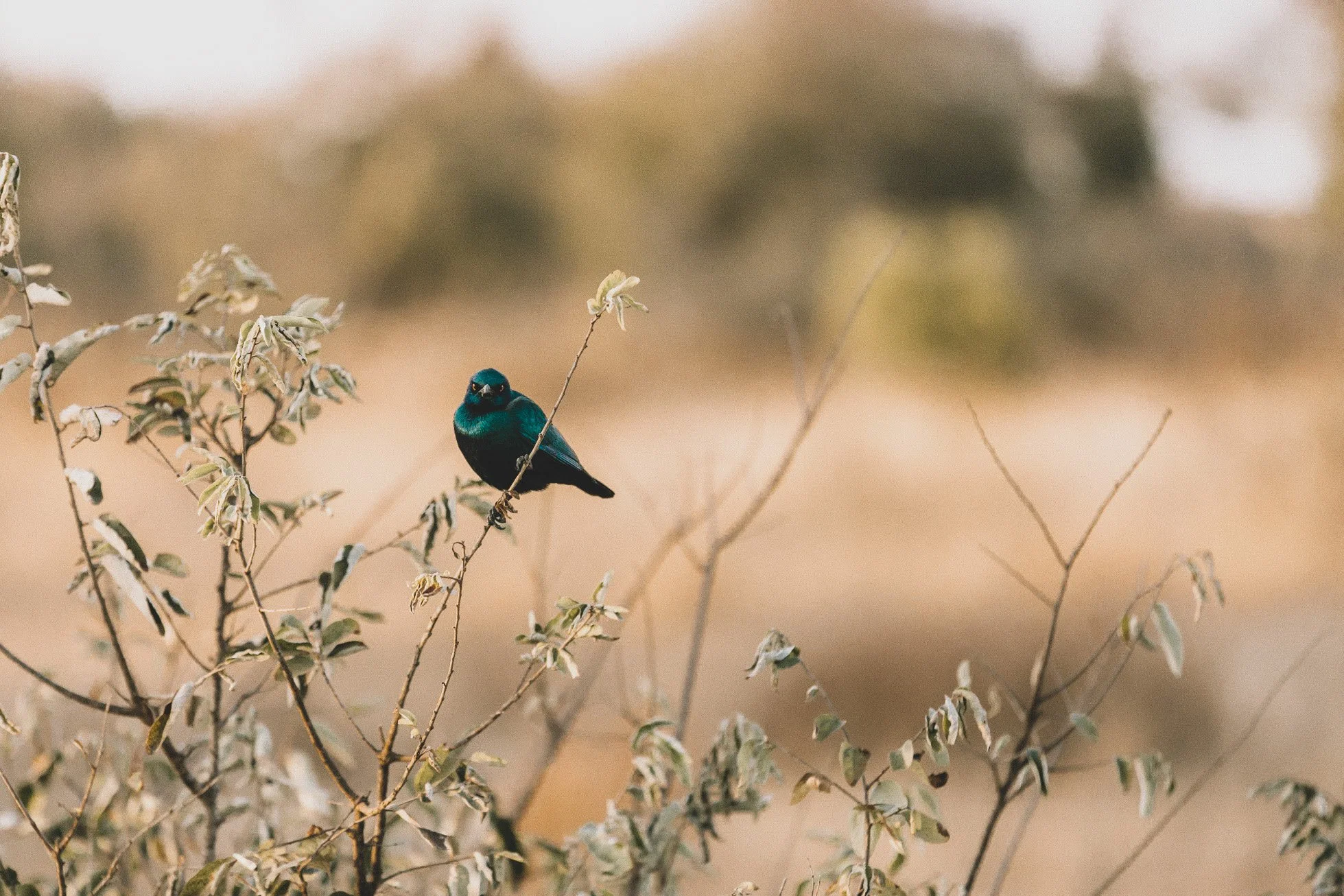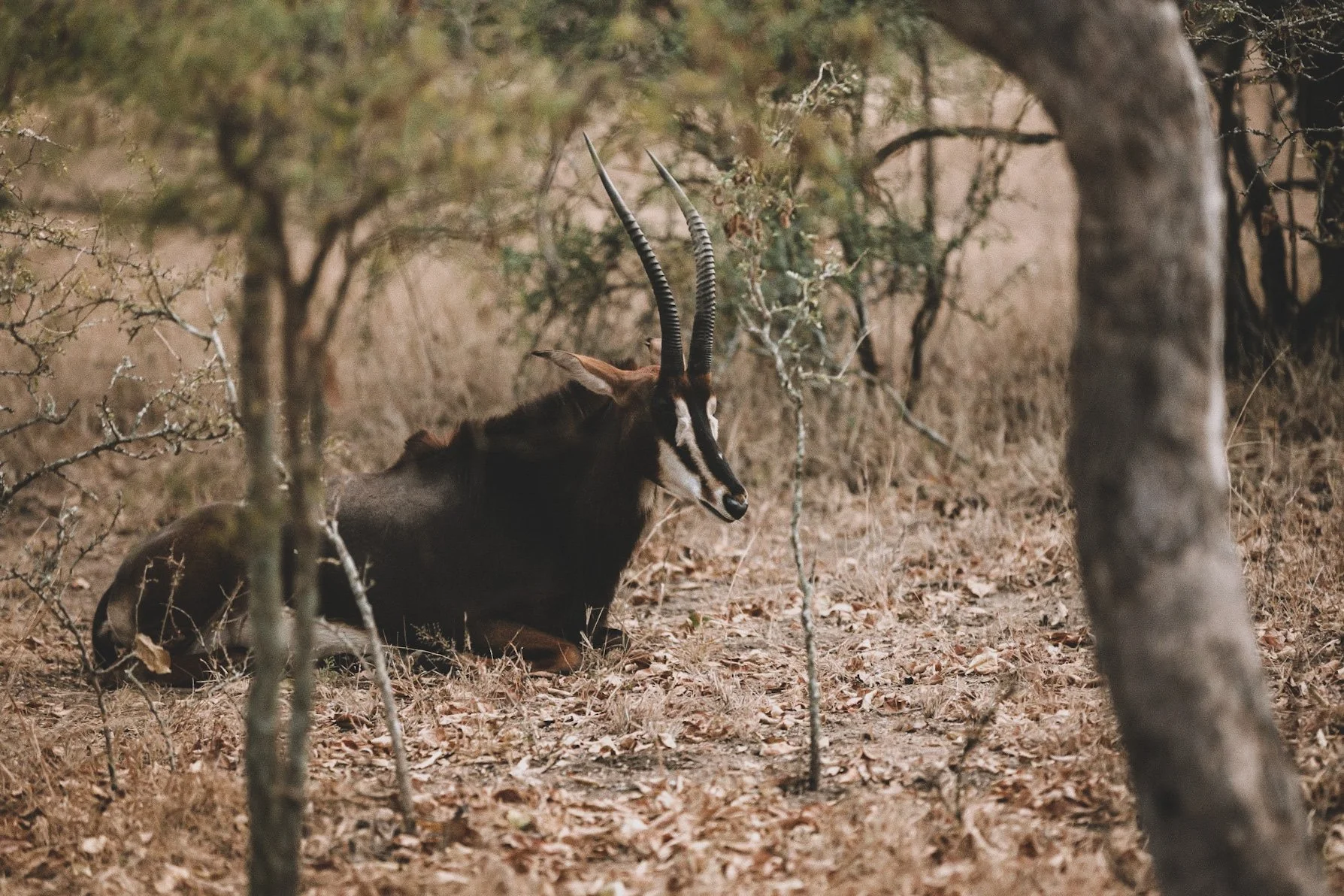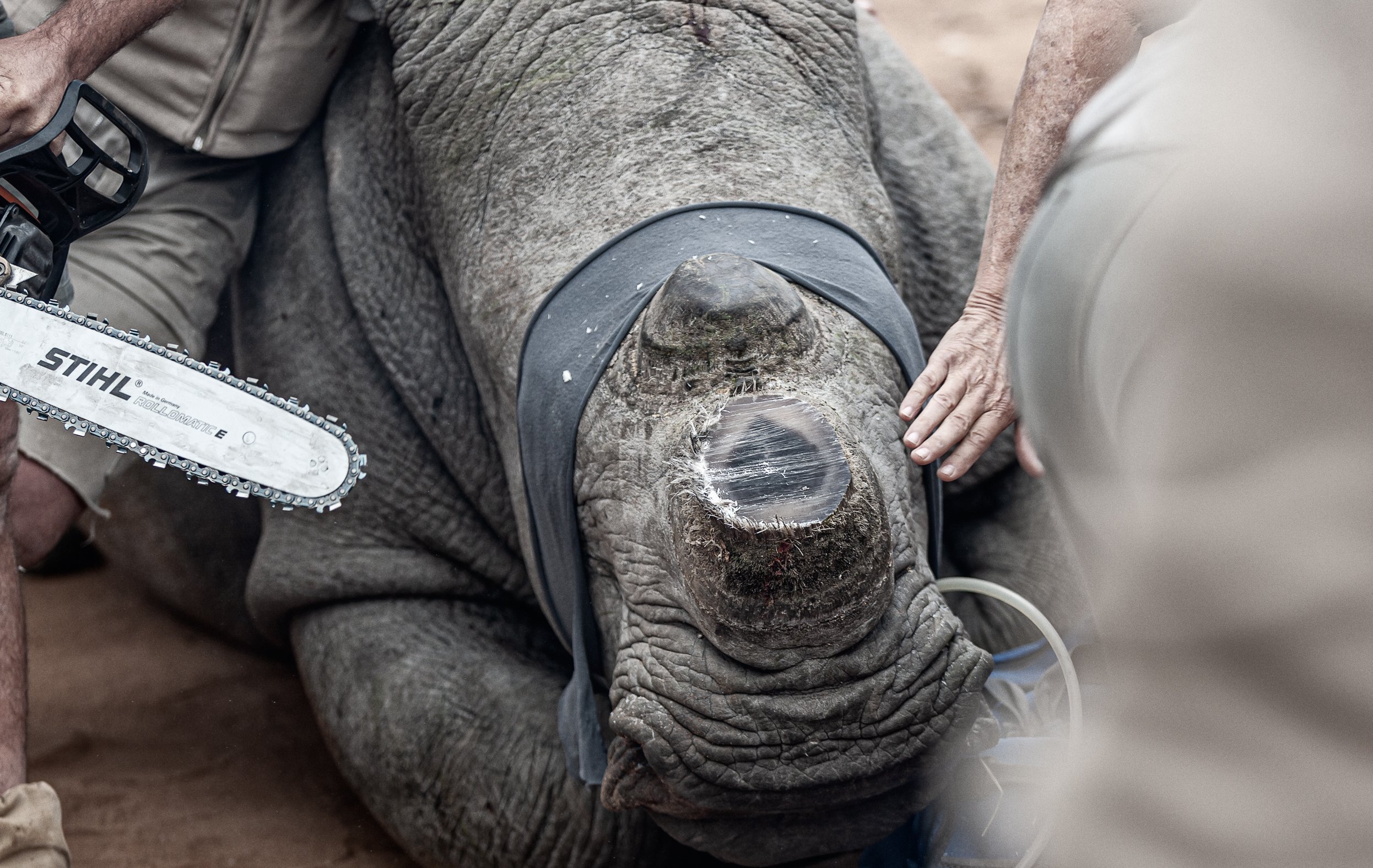
RHINO DEHORNING
The ocean has a way of making you feel incredibly small, and strangely, so does Africa. Hanging off the side of a ute, the sun acts as a compass amongst bushes that all look the same. The air is 90% dust successfully redefining what it means to be filthy. Hornbills come and go, giraffes munch overhead and as tempting as it is to stop and marvel at these weird and wonderful creatures, I did not come to this country just to capture them on camera.
In this country I have found love. It is like nothing like I’ve ever experienced. Here, the animal kingdom rules and as a wildlife vet your life is put on the line with each and every procedure. It’s hot and hard work. You wake your patient up and off they run (hopefully away and not towards you). No follow up, no bandage changes. No indication on whether or not you were successful long term. And because of this, the job is thankless.
I suppose every vet fantasises about one day working in Africa and I can’t help but acknowledge that I am joining a very long line of eager hands. Perhaps my stars will align and I’ll find myself a gig out here. But career opportunities like this are few and far between and sadly I lack myself a birthright. Still though, I persist.
Wildlife is logical, stable and resilient. It is everything humanity is struggling to regain. And by god are we out of control. Add to the scene a 30km long, 3m high electric fence that surrounds the periphery of a game reserve. Add in an army of guards, firearms by their sides with instructions to shoot. That’s what it takes to protect rhinos from poaching. Continue on this path we are going and in 20 years these hefty beasts will cease to exist.
Poaching is one of the most dangerous occupations there is. Every time poachers go out there, they risk their lives. Yet poverty breeds desperation and when the black market fetches US$75,000.00 per kg of rhino horn, how can we blame them? Would I do anything different if I was in their shoes? Money has a knack for making us forget our values. It is no secret that conservation is expensive. I’ve lost count the amount of times that people have advised me not to peruse this path simply because it is not lucrative. And this leads us into my biggest learning from this trip…. Our world is so far gone that in order for us to be successful in saving an endangered species from the brink of extinction, there needs to be a financial incentive. In this day and age, much to my distress, passion and genuine concern for the environment is not enough. And the rhino is the perfect example.
Every day, South Africa loses an average of three rhinos to poaching. And South Africa only takes up one small section of Africa. But where this country differs from the rest of them is the fact that it is legal to privately own wildlife. As an individual, you are completely in your own right to buy a block of land and place wild animals upon it. From an ethical standpoint I struggle with this – one of the reasons that I have so much love for the wild is the fact that it is completely and unconditionally free and once you put a fence up around it, no matter how extensive the periphery, can these animals still be considered free? At what point does a wildlife reserve turn into a farm? Yet I can’t ignore the fact that biodiversity in South Africa is at a better level than it was 100 years ago. For most countries (including New Zealand), that fact is very much the opposite.
If something belongs to you, it likely has value and as a result you will be more inclined to take care of it. Perhaps wildlife ownership in South Africa is its own unique way of installing the concept of kaitiakitanga (guardianship of the land) amongst its people? Regardless, private ownership plays a key role in the fight against poaching and brings forward two controversial topics that after having a fair share of conversations with vets, rangers and conservationists, I wanted to shed some light on. These topics are misunderstood and quickly condemned by the international community and for the sake of conservation and preservation of wildlife, I think it is important to share the reality of what’s going on at the ground.
The first is the legalisation of rhino horn trade… In South Africa this is very close to becoming a reality. Illegal poaching of rhinos is so extensive that despite their beauty and value as an endangered species, private owners can’t get rid of them quick enough. Why? Because by owning a rhino you are putting yourself and those around you at risk. You are the centre of the bullseye and unless you are willing to spend hundreds of thousands of dollars on security around your boundaries, a visit from poachers is inevitable.
See what I mean? At this point in time there are no financial incentives to keeping a rhino. Tourism pays its way in the big game parks such as Kruger but for smaller private entities any sort of revenue generated only makes a small dent in the costs associated with keeping their rhinos safe. It’s simple economics, when the costs outweigh the benefits people have no choice but to move these beautiful creatures on whilst the illegal trade of horns continues to grow.
So how is this vicious cycle broken? On this trip I spent three days on a property whose sole focus is to provide a safe place for rhinos to breed and live out their days. Instead of farming crop or livestock, they farm the ecosystem – providing a stable equilibrium so that rhino and other endangered species have the opportunity to flourish. Big fence? Check. Army of guards? Check. A bank account that is almost empty? Check.
Over these three days, we dehorned close to twenty rhinos – a small proportion of the total population living on the property. Why dehorn? Because a rhino without a horn is the single most effective way to deter poaching. The procedure is simple, the rhino is immobilised with a dart shot from a helicopter and once the animal is down the horn is removed with an electric saw (see photo), body measurements taken, vaccinations and microchip administered, and then it is woken up. In total it takes around 15-20 mins from start to finish. A rhino horn is much like your fingernail. Above the growth plate there are no nerve endings so removal is virtually painless and just like your fingernails it will continue to grow back. Because of this, any horn regrowth is religiously removed.
As much as I felt privileged to take part in procedures of this scale I couldn’t help but feel sad. We live in a world where it is necessary to intentionally mutilate an animal in order to save it. I had to keep reminding myself that I’d rather see a rhino without a horn, than a rhino without a face.
Regardless of if the trade of rhino horn is legal or not, for rhino safety horns are being removed every day. With the way that the cards fall now, these horns are stored indefinitely in secret safes. To us they have no value, to a poacher they are the golden ticket, which brings us back to the economics of conservation.
Should the trade of rhino horn be legalised, these secret safes would no longer be needed. In the space of a month Asian market would be flooded. There would be so much rhino horn available that prices would be driven down and it would lose its status as an object for the wealthy. Consumer demand and the incentive to poach reduces at equal rates and at the same time private owners of rhinos receive a steady source of income allowing much needed improvements in their security which further reduces poaching.
Obviously this is a hypothetical model. Factors such as corruption and holding the greed of private owners accountable need to be considered as well as the behaviours of the Asian market. For me, once again the ethical alarm bells are ringing – In a couple of years will rhino farms be the newest addition into our agricultural industry? How can we ensure that the line is not crossed? To these questions I don’t have an answer but when I really break it down, the most important factor is that I want my grandchildren to be able cherish these beautiful creatures the same way I have. If we leave things the way they are it is very likely that the rhino will go extinct in our lifetimes. And to me it is a criminal act to passively watch this happen. Maybe legalisation of rhino horn trade will work, maybe it won’t, but in situations such as this, action is always better than inaction.
The second piece of insight I wanted to share revolves around trophy hunting. Where foreigners come to Africa and pay a small fortune to go out into the wilderness and shoot themselves one of the big five to bring home and mount on their wall. A motive that I find barbaric but when considering where that money goes I realise that this practice holds its place. According to one of the rangers in Kruger, a bull elephant at the end of its lifespan will go for US$5 million – money that could be used to fund an abundance of conservation efforts.
Photography safaris play an important role but in order to generate the same amount of revenue as trophy hunting there would need to be more than 100 times the amount of tourists that visit the parks today. And with that comes the expansion of accommodation (removal of habitat), excessive use of resources (ie water) and prevention of natural ecological processes. When you take this into consideration, the sacrifice of one wild animal to benefit a whole species is a no brainer, providing that it is done sustainably and ethically with animals that are either at the end of their lifespan or are weak with low chances of reproducing.
As we know with the possum situation in New Zealand, when conditions are favourable certain populations explode. Too many animals in one space results in over grazing and consequent starvation and suffering. It is a harsh reality all over the world as the human race swells and as wild habitats diminish. We are forcing entire ecosystems to survive in abnormally small areas and as a result, they are bursting at the seams. Culling is a big part of conservation in Africa, whether it be an entire herd of elephant or forty odd impala, it is done with a heavy heart to ensure that the land is utilised sustainably and to ensure that the interactions within the food web remain stable.
Culling is the worst part of a rangers job, and when you have foreign hunting enthusiasts lining up eager to pay the big bucks and take the responsibility off the rangers hands – logically to me, the creation of this industry makes sense. I’m not necessarily for it, but I understand why it exists.
I envy all of you out there that are still yet to experience the beauty of Africa and the abundance of life that she nurtures. It is a place that all in one moment will find you overwhelmed with tears yet shouting with joy. It highlights both the resilience of wildlife and its vulnerability. But above all, it has portrayed to me the destructive nature of humans and our demanding need to control every little aspect of this planet. We have made a mess… and now, it’s time that we cleaned it up, so that one day in the future we can step back and let the wild simply be wild. Is that too much to ask?

